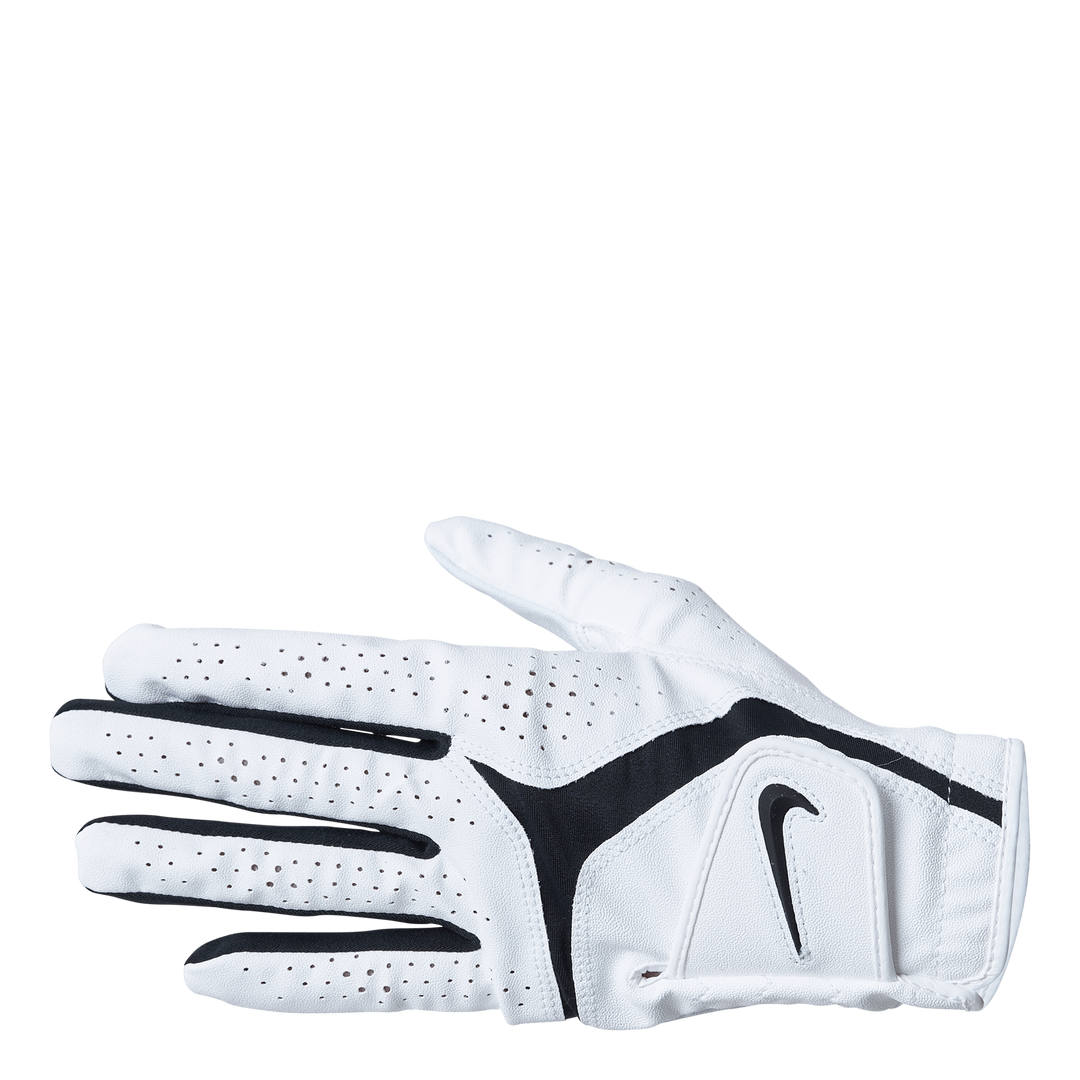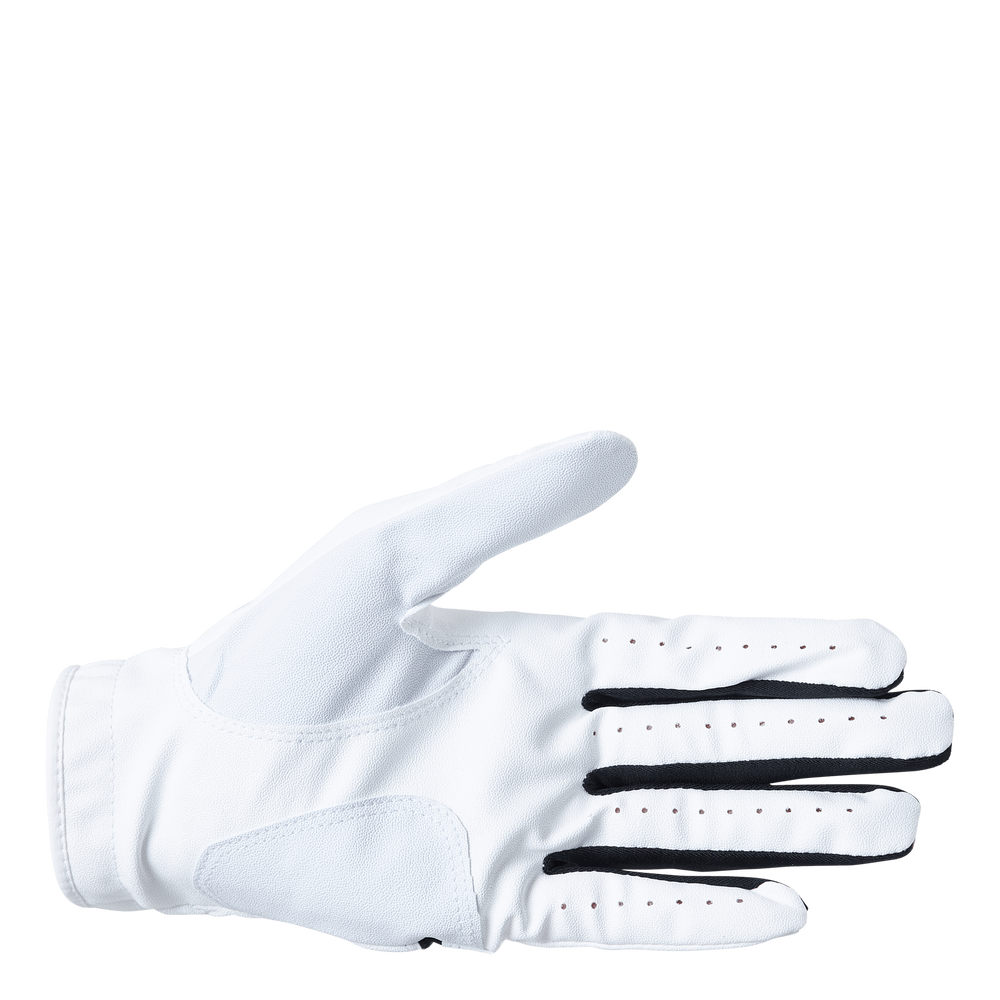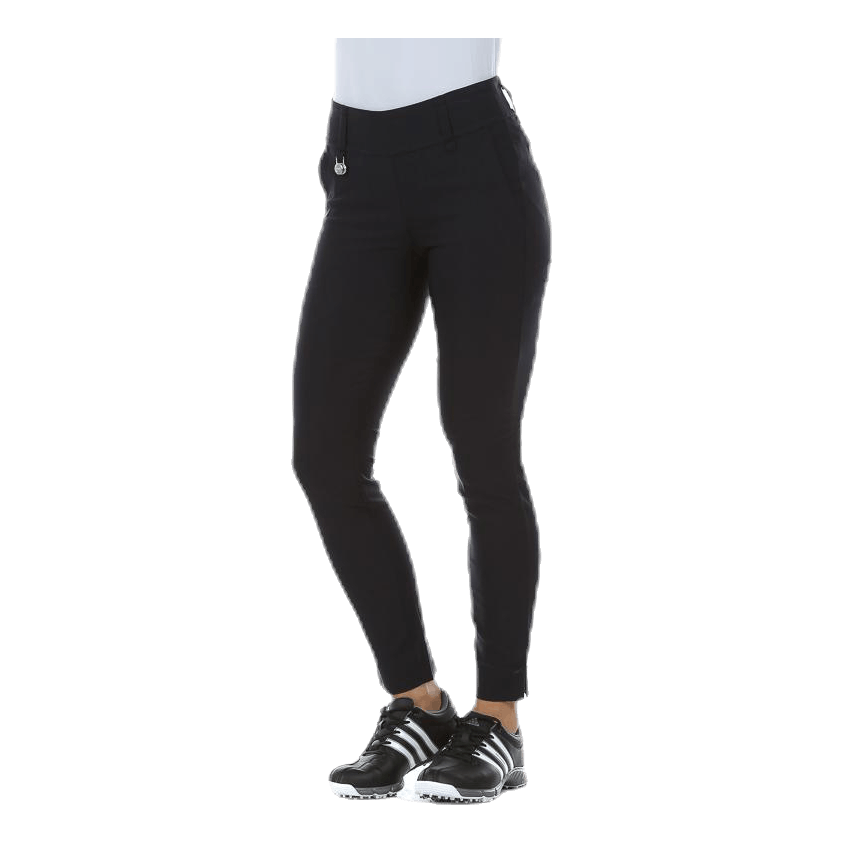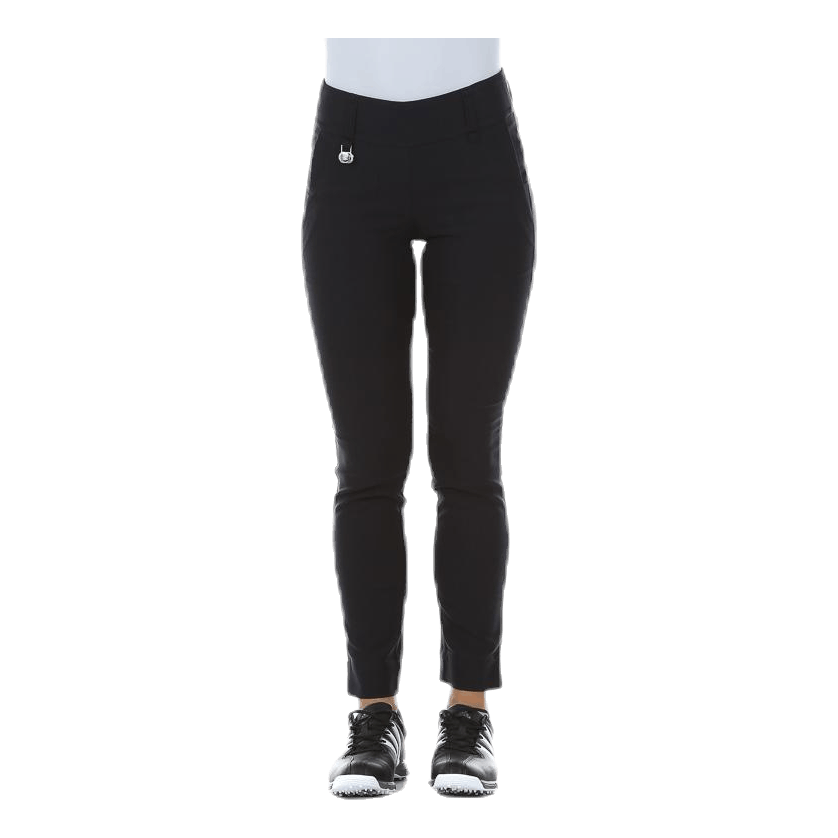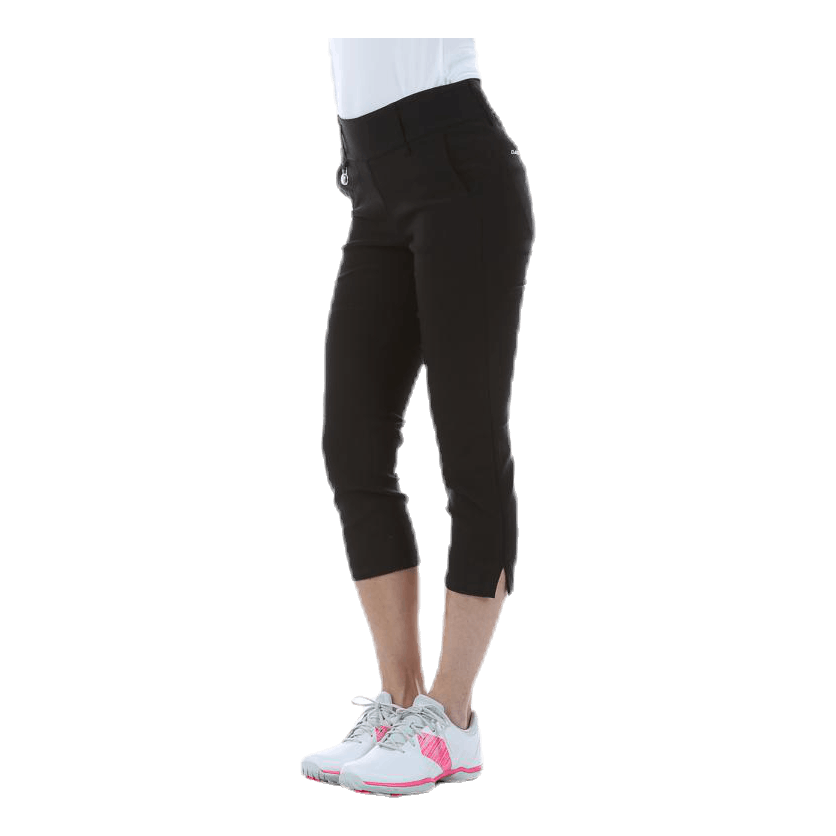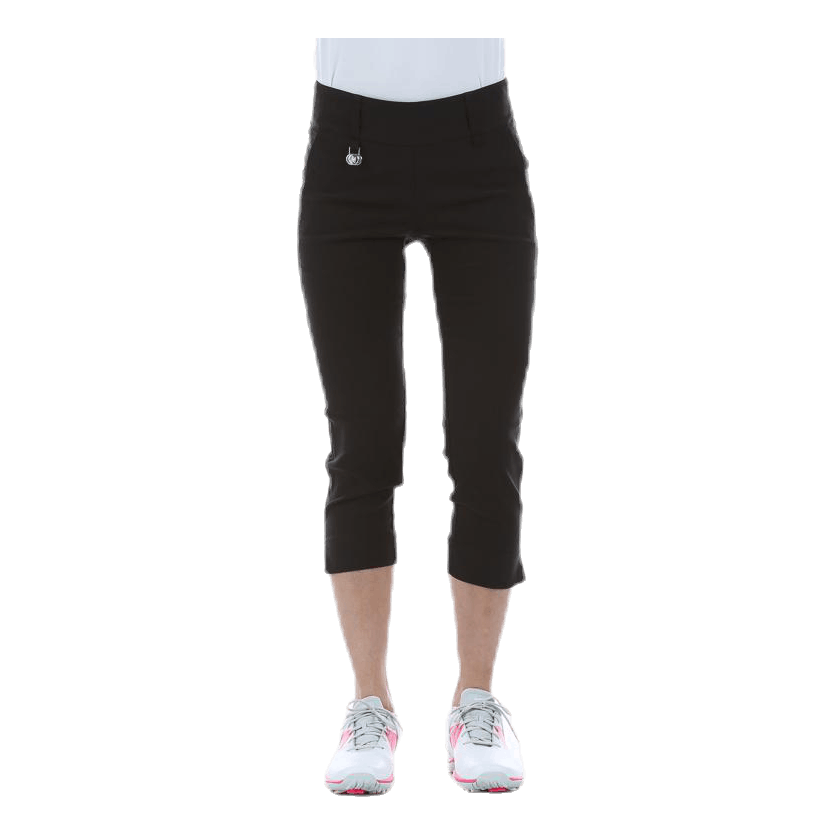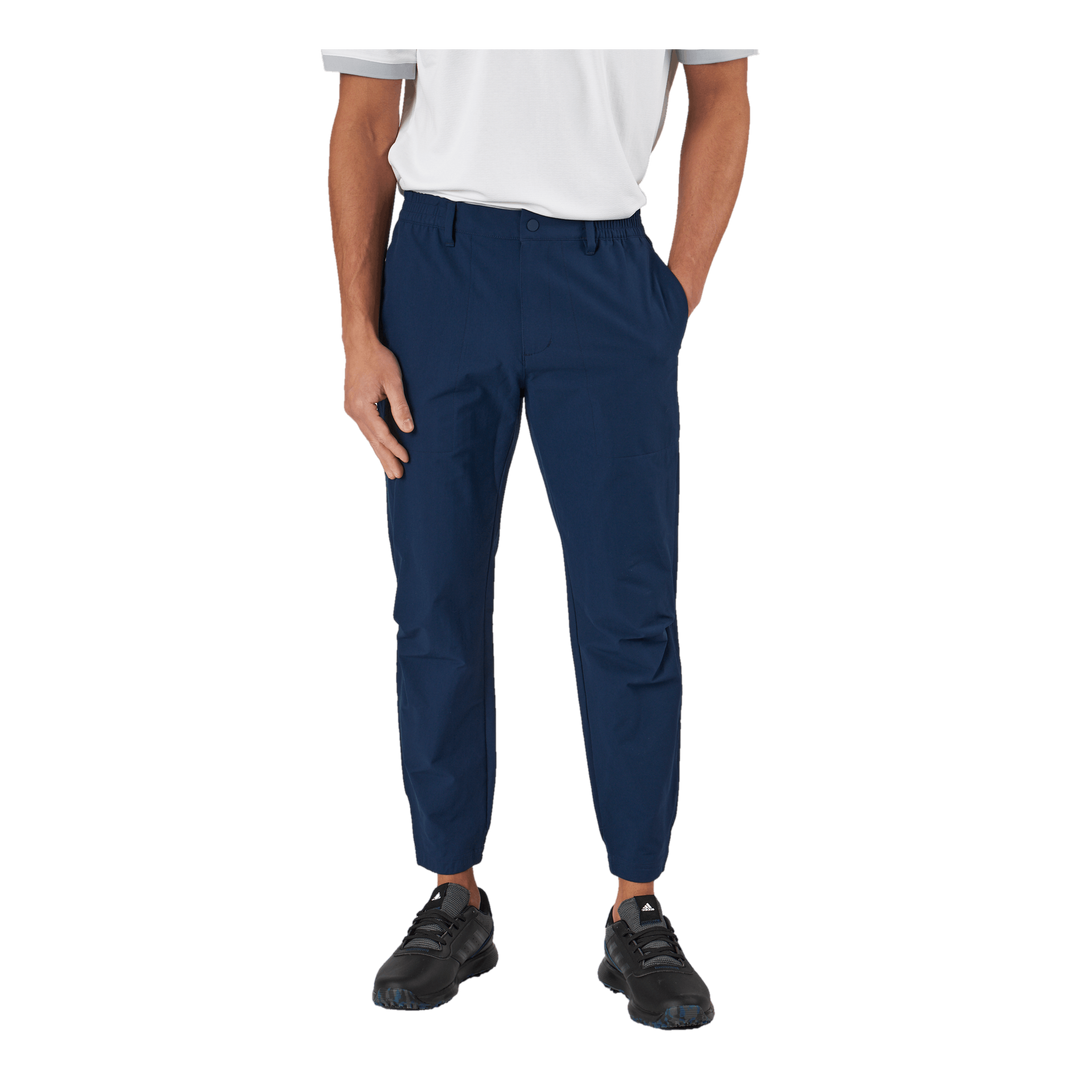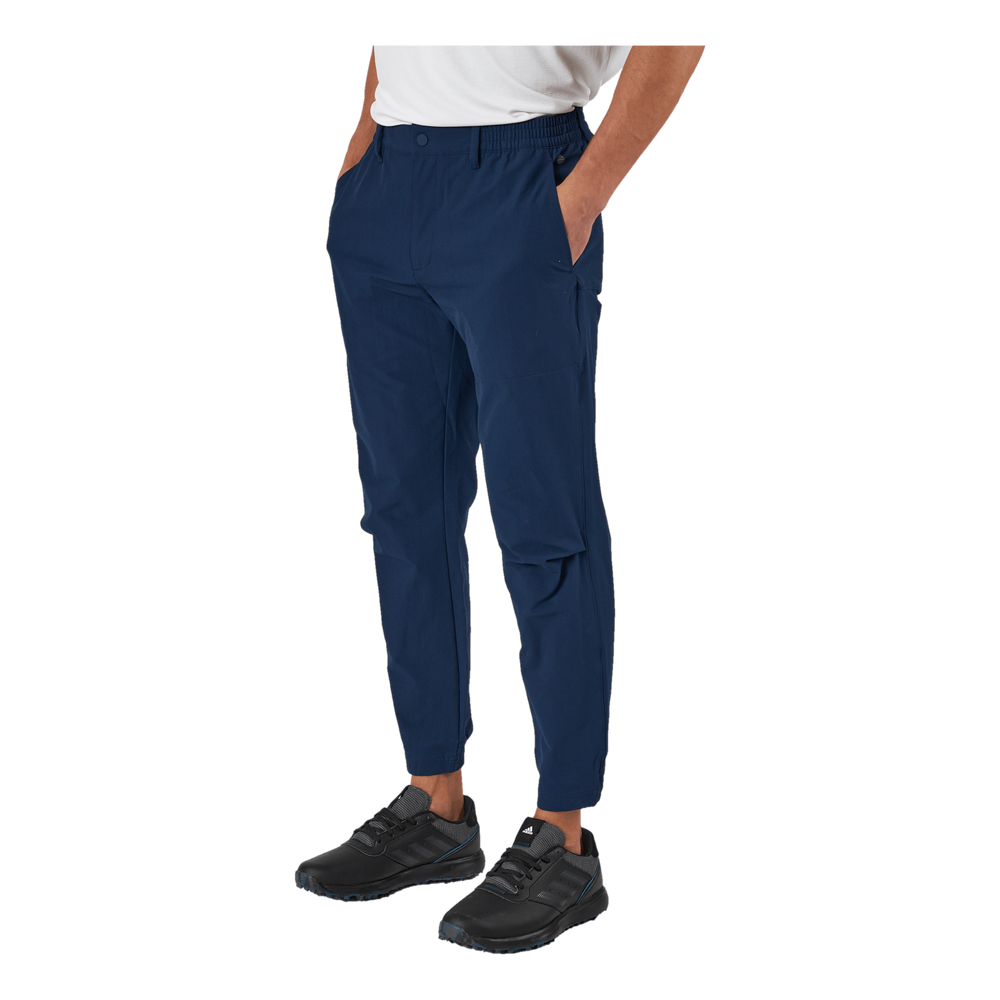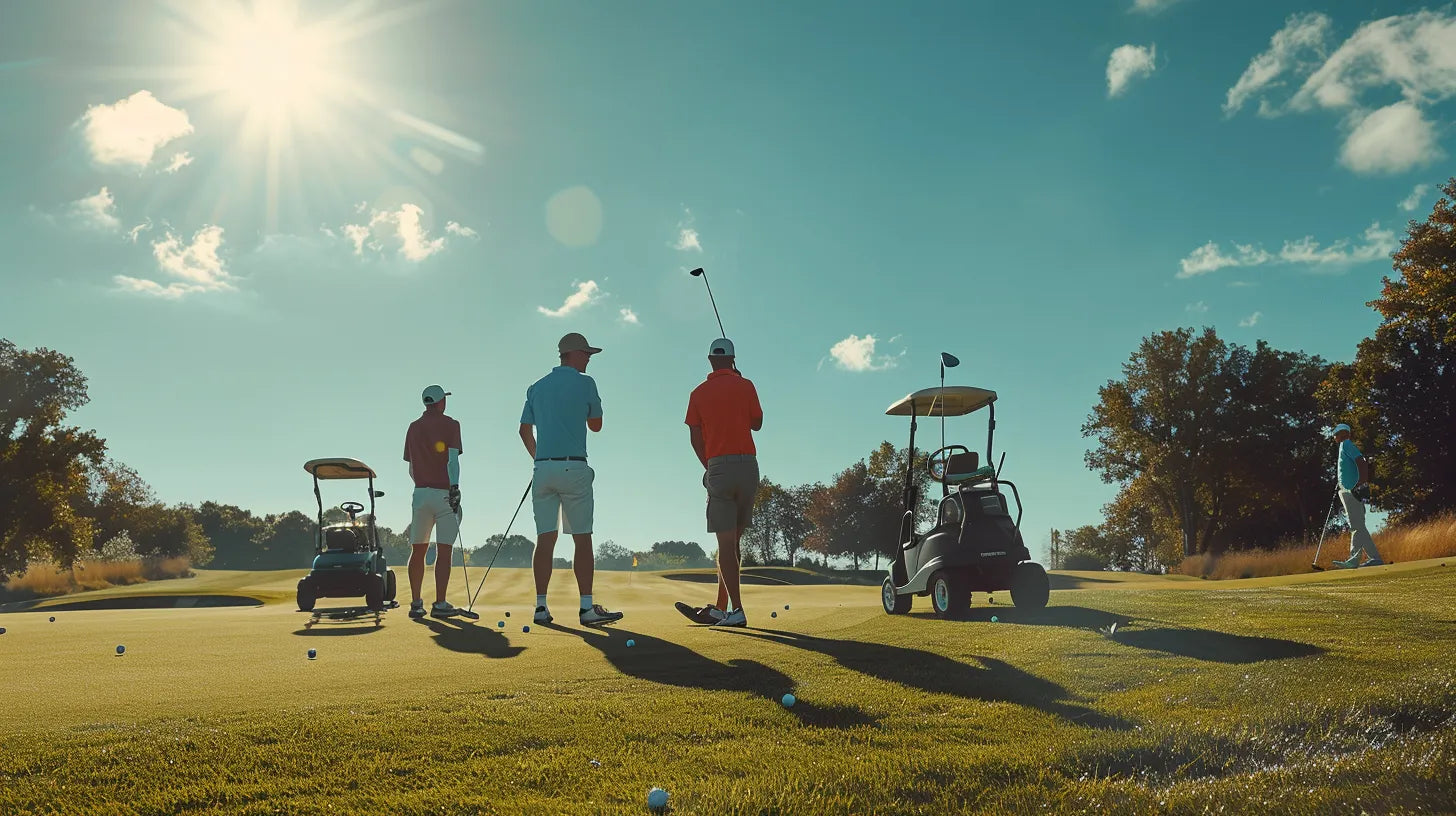
Golf Equipment - Find the Right Clubs, Balls, and Accessories for Your Game
Golf Clubs - Your Most Important Tool on the Course
Golf clubs are undoubtedly the most central part of golf equipment. A complete set of clubs typically consists of a driver, fairway wood, hybrids, irons, wedges, and a putter. The clubs that suit you depend on your skill level, swing style, and personal preferences.
For beginners, a half-set containing the essential clubs to get started is often recommended. As you progress as a player, you can then complement with more specialized clubs.
Regardless of level, it's important to choose clubs with the right length, lie angle, and flex for your body and swing technique. Getting a professional club fitting can be a worthwhile investment. That way, you'll find clubs that give you the best possible conditions to succeed on the course.
Important factors to consider when choosing golf clubs:
- Length - the clubs should be adjusted to your height
- Lie angle - the angle between the shaft and sole, important for strike pattern
- Flex - how much the shaft bends on impact, adjusted to swing speed
- Clubhead design - affects forgiveness and spin potential
- Materials - steel or graphite shafts, different alloys in the clubhead
Golf Balls - Find the Ball That Suits Your Game
Next to the clubs, the golf ball is your most important tool. Modern golf balls are technical marvels, designed to maximize distance, spin, feel, and control. Which ball you should choose depends on your preferences and priorities as a player.
Tour players who hit long shots with high swing speeds often prefer multi-layer balls with a soft cover for maximum spin around the greens. The average golfer may benefit from a two-piece ball that provides good distance off the tee combined with acceptable feel around the greens.
For high-handicappers and beginners, there are affordable balls that focus on distance and straight shots. These "distance balls" often have a hard cover and low spin to reduce sidespin and provide a straighter ball flight.
Factors to consider when choosing golf balls:
- Compression rating - the ball's softness/hardness, adjusted to swing speed
- Number of layers - more layers provide more spin and feel but cost more
- Cover material - Surlyn for durability, urethane for softness and spin
- Dimples - the ball's surface pattern, affects aerodynamics and ball flight
- Price - more expensive balls often provide more spin and better feel
My advice is to try a few different models and see which ball you like best. Many manufacturers offer trial packs with balls from different categories. Once you've found a favorite, buy a dozen and use the same ball consistently. Then you'll learn the ball's characteristics and can adjust your game accordingly.
Golf Bags - Organize and Protect Your Clubs
A good golf bag makes it easy to carry and access your clubs during a round. There are two main types of golf bags: carry bags and cart bags.
Carry bags are lighter and more compact, perfect if you often walk the course. They have fewer compartments but still accommodate the essentials. Cart bags are larger and heavier, designed to be used with a golf cart or trolley. They often have separate compartments for each club, plus plenty of pockets for balls, gloves, and other equipment.
Regardless of model, choose a high-quality bag that protects your clubs. Padded club compartments, a sturdy base, and waterproof material are features worth investing in. A spacious cooler pocket for drinks and snacks is also nice to have.
Features to look for when choosing a golf bag:
- Padded, individual club compartments to protect the shafts
- Sturdy base that keeps the bag standing upright
- Waterproof material that protects the clubs in the rain
- Comfortable, adjustable shoulder straps for carrying comfort
- Easily accessible pockets for balls, tees, gloves, etc.
- Cooler pocket for drinks and energy snacks
- Holders for scorecard and beverage can
Golf Carts - Energy-Saving and Practical
A golf cart makes it more comfortable to transport the bag around the course. You save energy and can focus entirely on your game. Carts come in two main variants: manual and electric.
Manual golf carts are lightweight, compact, and affordable. They work well on most courses and fold up easily for transport. Choose a three-wheeled cart for better stability and turning radius.
Electric golf carts are powered by a battery and controlled by a remote or follow you automatically. They handle heavy bags and hilly terrain with ease. Perfect for players with back problems or if you often play 36 holes per day.
Factors to consider when choosing a golf cart:
- Manual or electric - depends on budget and how much you can walk
- Weight and foldability - easy to load into the car
- Three or four wheels - three provides better turning radius
- Parking brake - so the cart doesn't roll away on slopes
- Holders for drinks, balls, tees, etc. - practical features
- Battery and charger for electric carts - range and charging time
Golf Apparel - Comfortable, Stylish, and Functional
Comfortable and functional golf apparel makes the experience on the course more enjoyable and improves your performance. Modern golf apparel combines stylish design with technical fabrics that breathe, wick moisture, and provide excellent freedom of movement.
A pair of comfortable golf shorts or pants, a few easy-care polo shirts, and a windproof jacket or sweater form the basis of a golf wardrobe. Complement with a lightweight rain jacket, sun visor or cap, good socks, and comfortable golf shoes, and you're ready for any weather.
Many golf clubs have a dress code, so check what applies at your course. Generally, avoid jeans, tank tops, and gym clothes. Golf shorts should preferably have pockets, and polo shirts should have a collar.
Garments to invest in for a complete golf wardrobe:
- Polo shirts in technical, easy-care fabrics
- Shorts and pants designed for golf
- Windproof jacket or sweater
- Lightweight, packable rain jacket
- Cap, sun visor, or headband
- Comfortable ankle socks in cotton or synthetic materials
- Golf shoes with good traction and stability
Golf Gloves - Better Grip, Cleaner Strikes
A golf glove on the left hand (for right-handed players) gives you a better grip on the club and reduces the risk of blisters and calluses. The glove allows you to hold the club more loosely without losing control, resulting in cleaner strikes and better feel.
Golf gloves are available in leather and synthetic materials. Leather provides the softest feel but wears out faster. Synthetic is more durable and often cheaper. Regardless of material, the glove should fit tightly without being too tight. Try them on before you buy.
Replace your glove regularly to maintain its padding and flexibility. A sweat-soaked glove loses much of its grip. Keep a spare or two in your bag so you can switch when needed.
Features to look for in a good golf glove:
- Soft and flexible material in the palm
- Ventilating mesh material on the top
- Elastic sections for a good fit
- Perforated palm for breathability
- Velcro closure for adjusting the width
- Durable materials in high-wear areas like between the thumb and forefinger
With the right golf equipment, you'll have the best possible conditions to develop as a golfer and fully enjoy the game. Invest in quality and choose products tailored to your body, skill level, and ambitions. And remember, while the gear is important, it's the many hours on the range that make the biggest difference. So get out there and practice, with the right tools in your bag! Good luck!




